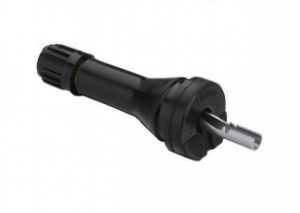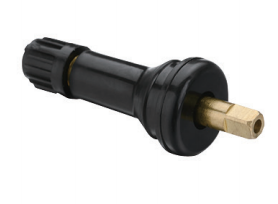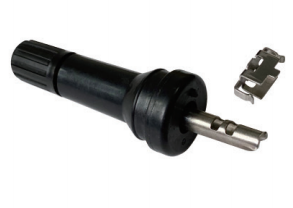Definition:
TPMS(Tire Pressure Monitoring System) is a kind of wireless transmission technology, using high-sensitivity micro-wireless sensor fixed in the automobile tire to collect the automobile tire pressure, temperature and other data in the driving or static state, and transmit the data to the main engine in the cab to display real-time data such as automobile tire pressure and temperature in digital form, and when the tire appears abnormal (to prevent tire blowout) in the form of beeping or voice to alert the driver to carry out early warning of the automobile active safety system. To ensure that the tire pressure and temperature to maintain within the standard range, play to reduce the flat tire, damage the probability of reducing fuel consumption and vehicle parts of the damage.
Type:
WSB
Wheel-speed Based TPMS (WSB) is a kind of system that uses the wheel speed sensor of ABS system to compare the wheel speed difference between tires in order to monitor tire pressure. ABS uses the wheel speed sensor to determine whether the wheels are locked and to decide whether to start the Anti-lock braking system. When tire pressure decreases, the weight of the vehicle reduces the diameter of the tire, which causes a change in speed that can be used to trigger an alarm system to alert the driver. Belongs to the post-passive type.



PSB
Pressure-sensor Based TPMS (PSB) , a system that uses pressure sensors installed in each tire to directly measure the tire's air pressure, a wireless transmitter is used to transmit pressure information from the inner part of the tire to the system on the central receiver module, and then the tire pressure data are displayed. When the tire pressure is too low or air leak, the system will automatically alarm. It belongs to the type of active defense in advance.
Difference:
Both systems have their advantages and disadvantages. The direct system can provide more advanced functionality by measuring the actual transient pressure inside each tire at any time, making it easy to identify faulty tires. The indirect system is relatively inexpensive, and cars already equipped with four-wheel ABS (one wheel speed sensor per tire) need only upgrade the software. However, the indirect system is not as accurate as the direct system, it can not identify faulty tires at all, and the system calibration is extremely complex, in some cases the system will not work properly, for example, the same axle when the two tires are low pressure.
There is also a composite TPMS, which combines the advantages of both systems, with direct sensors in two diagonal tyres and a four-wheel indirect system. Compared with the direct system, the combined system can reduce the cost and overcome the disadvantage that the indirect system can not detect the low air pressure in multiple tires at the same time. However, it still does not provide real-time data on the actual pressure in all four tyres as a direct system does.
Post time: Mar-03-2023





